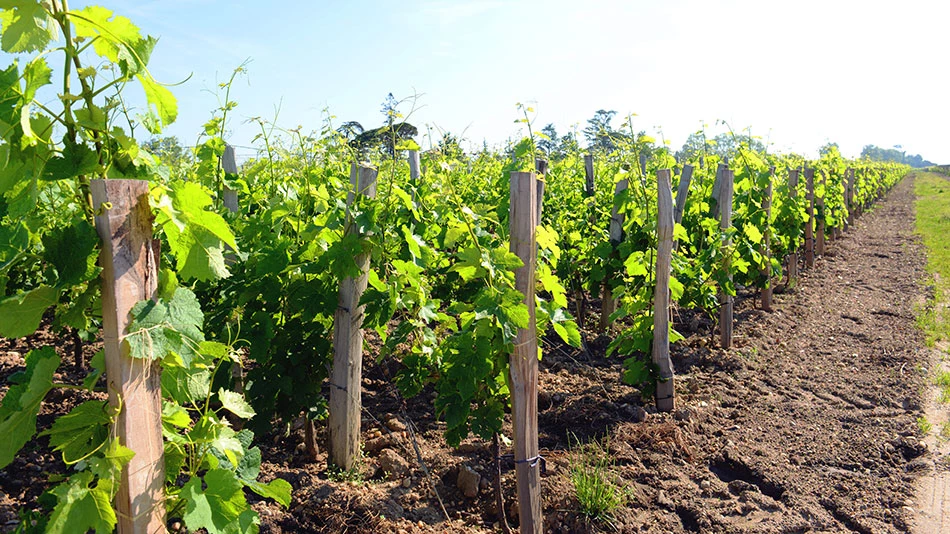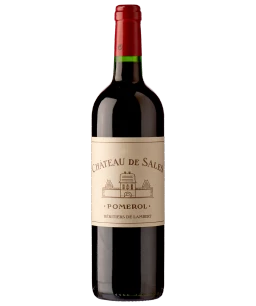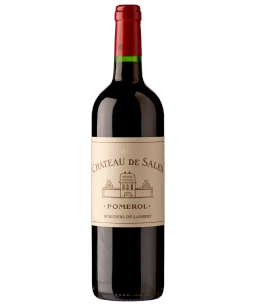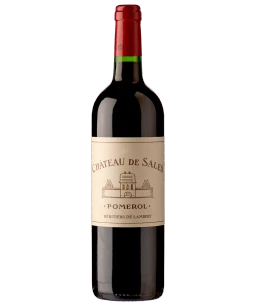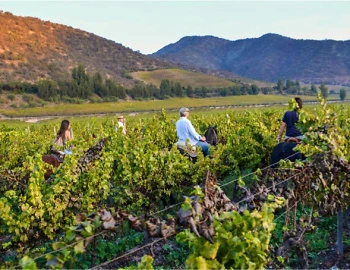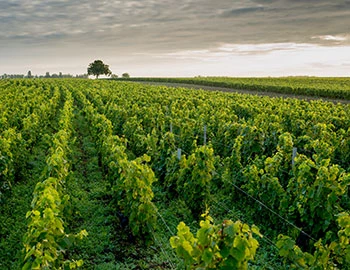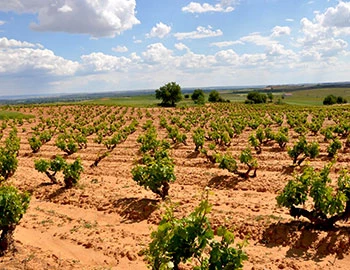Pomerol
Pomerol: the charm of Merlot
Nowhere in Bordeaux does the Merlot variety present as much opulent charm as in Pomerol. It is no wonder, then, that up to 75 percent of the top wines from this appellation are shaped by this variety, which plays a far more dominant role in Pomerol than in neighbouring Saint-Émilion. The relatively small Bordeaux appellation of Pomerol, with only 800 hectares, is Bordeaux’s most spectacular success story of recent decades. The legendary Château Pétrus was a pioneer in this development.
Red wines from Pomerol
Nowhere in Bordeaux seems as inconspicuous and provincial as in Pomerol. Leaving the town of Libourne and its 24,000 inhabitants, you’ll find a confusingly settled, relatively flat wine region, without even a town centre to help orient yourself. Although the estates here also bear the Château designation, the buildings appear surprisingly modest. While the estates in the Médoc spiced up their manor houses in the 19th century in the eclectic style of the Chateau, Pomerol vintners still hold true to the original simplicity of their dwellings. But there are exceptions. The Guggenheim family was so impressed by the well-proportioned Château Beauregard that they had it reconstructed in Long Island.
A touch of the new world
The Isle, a river in Pomerol, eroded the limestone bedrock, depositing various gravel layers on the resulting plateau. Soil conditions are highly complex. In the west and south of the appellation, sand and gravel dominate. In the east, on the border with Saint-Émilion, the soils are distinctly loamy. Most of the top chateaus are located here.
It was the Romans who first cultivated wine here. During the Hundred Years’ War (1337-1453), viticulture was abandoned. Vineyards were only established again in the 16th century. Pomerol was long considered an offshoot of the more famous Saint-Émilion, but the appellation only gained its current notoriety in the last 50 years. Château Pétrus was a pioneer in this upswing. Today, though, there are around 20 chateaux that operate at the highest level. Despite the boom, Pomerol has retained its rural structure. The estates are relatively small. In addition, Pomerol still has no official classification, but wine critics like Robert Parker have filled this gap. Long-established trading companies such as the Jean-Pierre Moueix house play an important role.
Due to their high Merlot proportions, Pomerol wines are not only round, gentle and opulent, but also ready to drink relatively early. Thus, top crus from this region have brought a touch of the new world to Bordeaux. The wines nonetheless have an excellent aging potential.
